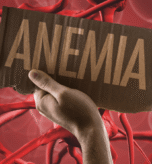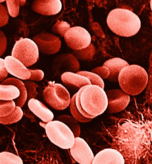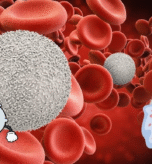Rosacea is a chronic skin condition characterized by inflammation, redness, and visible blood vessels on the face. It affects millions of people worldwide, causing emotional distress, low self-esteem, and social anxiety. While there is no cure for rosacea, there are many effective ways to manage and treat the condition.Understanding RosaceaBefore we dive into management strategies, it’s essential to understand the underlying causes of rosacea:1. Genetics: Family history plays a significant role in the development of rosacea.2. Environmental factors: Exposure to sunlight, wind, cold temperatures, and humidity can trigger rosacea symptoms.3. Blood vessel abnormalities: Abnormalities in blood vessels, such as dilation and increased permeability, contribute to rosacea symptoms.4. Inflammation: Inflammation is a key component of rosacea, leading to redness, swelling, and pustules.Management StrategiesWhile medical treatments can provide relief, lifestyle changes and self-care practices are crucial for managing rosacea-prone skin:1. Protect your skin from the sun: Use a broad-spectrum sunscreen with at least SPF 30, wear protective clothing, and seek shade when the sun is strongest.2. Maintain a consistent skincare routine: Cleanse your face gently, use a toner, and apply a moisturizer suitable for rosacea-prone skin.3. Avoid triggers: Identify and avoid triggers that can exacerbate rosacea symptoms, such as spicy foods, hot beverages, and stress.4. Keep your skin cool: Avoid hot showers, saunas, and steam rooms, which can dilate blood vessels and worsen rosacea symptoms.5. Manage stress: Engage in stress-reducing activities, such as meditation, yoga, or deep breathing exercises.Skincare Products for Rosacea-Prone SkinWhen choosing skincare products, look for the following ingredients and characteristics:1. Soothing and calming ingredients: Aloe vera, green tea, and chamomile can help reduce inflammation and calm the skin.2. Gentle cleansers: Choose fragrance-free, gentle cleansers that won’t strip the skin of its natural oils.3. Non-comedogenic products: Look for products labeled “non-comedogenic” or “oil-free” to reduce the risk of clogged pores.4. Hypoallergenic products: Opt for hypoallergenic products to minimize the risk of allergic reactions.Medical Treatments for RosaceaIf lifestyle changes and self-care practices are not enough to manage rosacea symptoms, medical treatments may be necessary:1. Topical treatments: Metronidazole, sulfacetamide, and azelaic acid are commonly used topical treatments for rosacea.2. Oral antibiotics: Doxycycline and minocycline are often prescribed to reduce inflammation and fight bacterial infections.3. Retinoids: Derivatives of vitamin A, retinoids can help reduce inflammation, prevent scarring, and improve skin texture.4. Laser and light therapy: Laser and light therapy can help reduce visible blood vessels, inflammation, and redness.ConclusionManaging rosacea-prone skin requires a comprehensive approach that incorporates lifestyle changes, self-care practices, and medical treatments. By understanding the underlying causes of rosacea, avoiding triggers, and using gentle skincare products, individuals can reduce symptoms, improve skin health, and regain confidence. If you’re struggling with rosacea, consult with a dermatologist to develop a personalized treatment plan
Categories
- Beauty131
- Cardiomyopathy56
- Dental Care32
- Haircare22
- Hematology10
- Makeup130
- Neurology7
- Orthopedics5
- Pharmacology11
- Skincare98
Latest Posts
28 September 2025
How Anemia Affects Overall Health: Symptoms, Risks, and Management
28 September 2025
Understanding Red Blood Cell Disorders: Causes, Types, and Management
28 September 2025
White Blood Cells and Their Role in Immunity: The Body’s Defense Army
Subscribe Newsletter
Sign up to receive notifications about the latest news and events from us!



